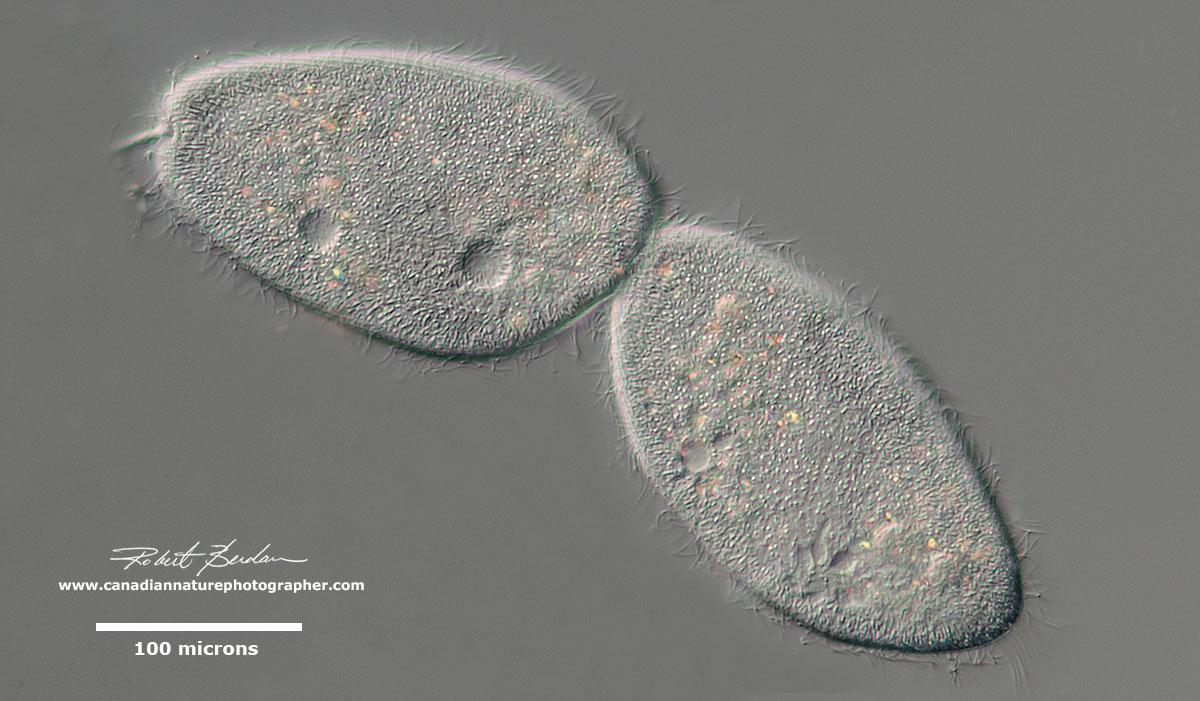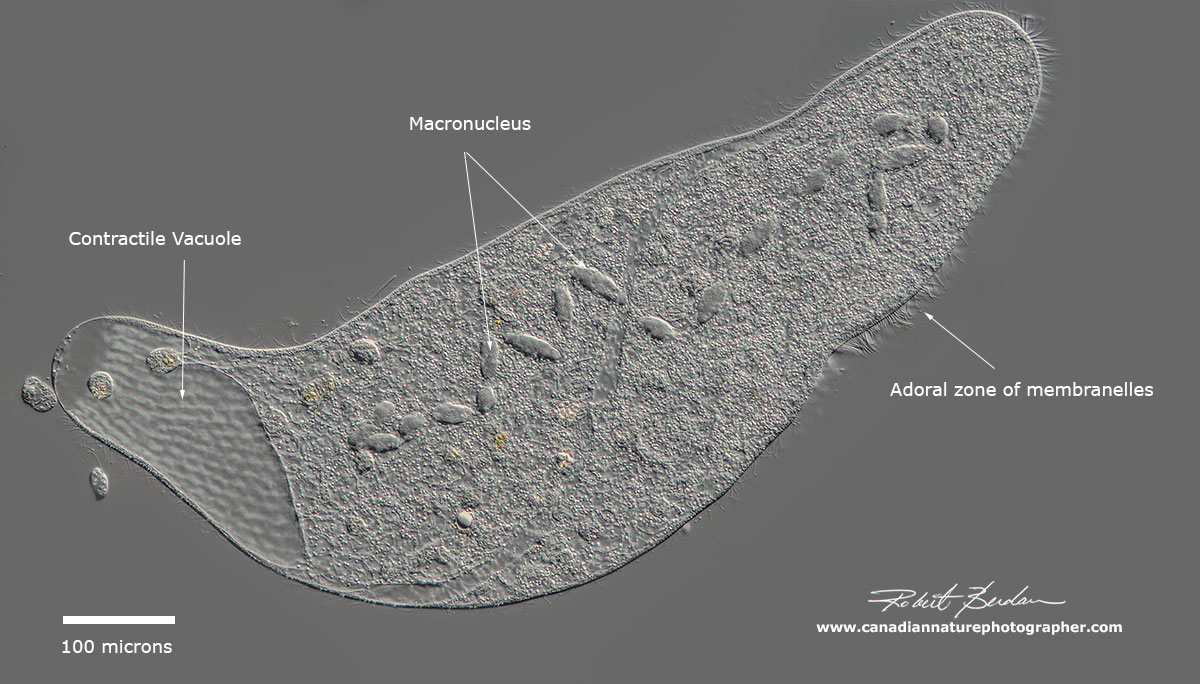
Phylogeny of the ciliate family Psilotrichidae (Protista, Ciliophora
Ciliates are basically ciliated protozoans. Protozoans are another term for a group of single-celled eukaryotes. They are either parasitic or free-living and feed on organic matter such as debris, organic tissues, or other microorganisms. Contents show.

Ciliate under microscope YouTube
Habitats. Ciliates are divided into free living and parasitic. Whereas free living ciliates (can live outside a host) can be found in just about any given environment, parasitic ciliates live in the body of the host. Paramecium is an example of free living. Such paramecia as Paramecium caudatum can be found free living in fresh water bodies.

ciliates 400x magnification YouTube
To determine the handedness of helical swimming of ciliate Tetrahymena in free-space (Supplementary Movie 1), 3D swimming trajectories of Tetrahymena cells were tracked using a tPOT microscope.

Unknown ciliate under microscope YouTube
This special issue of the Journal of Eukaryotic Microbiology (JEM) summarizes achievements obtained by generations of researchers with ciliates in widely different disciplines. In fact, ciliates range among the first cells seen under the microscope centuries ago. Their beauty made them an object of.

Photographing Ciliates The Canadian Nature Photographer
Lab #3 Ciliates under Compound Microscope. 9/7/17. Purpose: The purpose of this lab is to allow students to observe ciliates in greater detail with the higher magnification of the compound microscopes, compared to the dissecting microscopes. students will also get the opportunity to practice operating a compound microscope. Materials:

Ciliate under microscope YouTube
Live ciliates were observed for morphological details using differential interference contrast (DIC) microscopy with a Leitz (Weitzlar, Germany) microscope at a magnification of 300-1250 × with the help of a compression device . For examination of the swimming behavior, ciliates were observed in a glass depression slide (3 ml) under a.

Ciliates Under Microscope
How ciliates got their nuclei. Biologists who spend time observing environmental samples under the microscope are used to the incredible range of shapes, sizes, and behaviors displayed by eukaryotic microorganisms, which rivals or exceeds that of animals, just on a smaller scale. These are lumped together as "protists" and generally.

Under the microscope a ciliate YouTube
Ciliates are recovering from a piece of frozen, dried mosses and wandering around.

Ciliate 400x in 2020
Place this slide under the microscope and observe clearer images and descriptions of the ciliate you are able to gather using the different magnifications of the microscope. Repeat this process as many times as necessary to gain accurate observations and pictures of the ciliates. Record all of your observations.

What are Ciliates? YouTube
[In this video] A video collection of several common ciliates under the microscope. Larger eukaryotes, such as animals, have cilia as well. Cilia are usually present on a cell's surface in large numbers and beat in coordinated waves. In humans, cilia are found on the epithelial cells lining the respiratory tract. These cilia move constantly.

So many ciliates and bacteria only in one drop of water 😱 . .
This video shows a species of Opercularia. These are ciliates that are found attached to surfaces (they are sessile), and that typically live in colonies. He.

Photographing Ciliates The Canadian Nature Photographer
The Litostomatea are a class of ciliates. The group consists of three subclasses: Haptoria, Trichostomatia and Rhynchostomatia. Haptoria includes mostly carn.

The Micro Universe Microscopic life by Robert Berdan The Canadian
The ciliates are a group of alveolates characterized by the presence of hair-like organelles called cilia, which are identical in structure to eukaryotic flagella, but are in general shorter and present in much larger numbers, with a different undulating pattern than flagella. Cilia occur in all members of the group (although the peculiar Suctoria only have them for part of their life cycle.

4K Blepharisma ciliate under the microscope YouTube
9/7/17- Identifying Ciliates With A Compound Microscope. Rationale: The rationale of this experiment was to familiarize ourselves with compound microscopes and to compare the compound and dissecting microscopes to one another. We also learned how to calculate magnification by multiplying the ocular lense (10x) by the objective lense (either 4x.

Ciliates Under Microscope
Place a drop of pond water under the microscope, and you will likely find an ocean of extraordinary and diverse single-celled organisms called ciliates. This remarkable group of single-celled organisms wield microtubules, active systems, electrical signaling, and chemical sensors to build intricate geometrical structures and perform complex behaviors that can appear indistinguishable from.

Ciliate protozoan, light micrograph Stock Image C014/4676 Science
This video shows a ciliate; a type of single-celled organism that inhabits a wide range of freshwater habitats. Ciliates feed upon smaller microscopic organi.